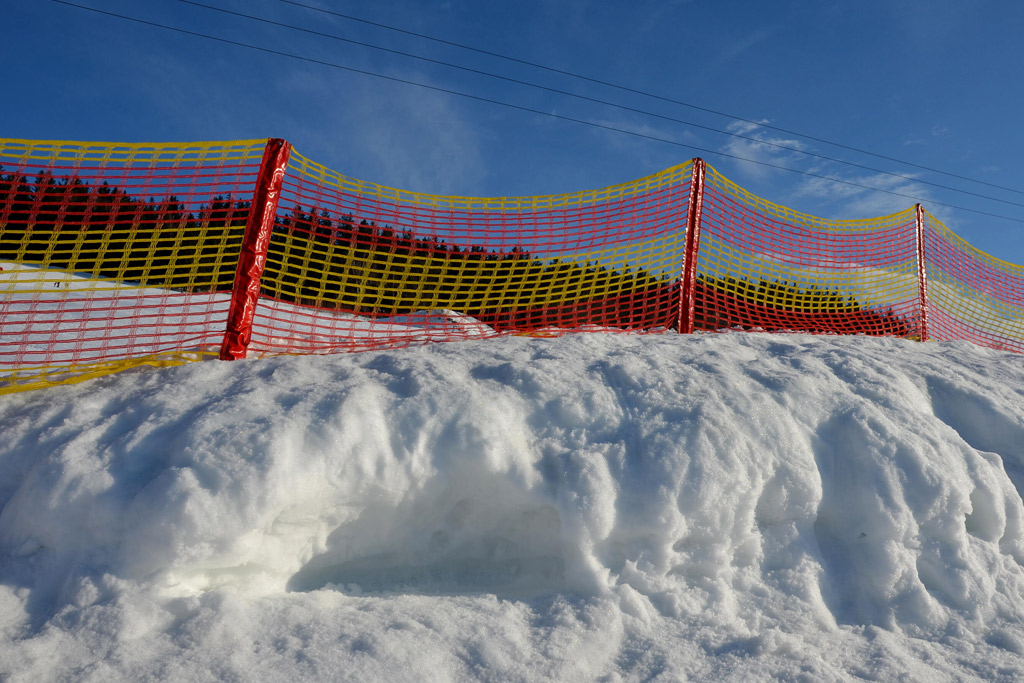The risk of avalanches has always had an impact on the locals in snowy alpine places. The need to coexist with this threat has resulted in efforts to reduce the risk by building complex networks of artificial structures.
In certain areas, deforestation and the construction of tourist infrastructure have reduced the natural barriers, which has led to the activation of snow avalanches. In order to preserve ski resorts, residential areas, roadways, and railway lines, these places also need to have higher safety standards.
Our snow fences and snow nets are made to stabilise the snow layer at the probable avalanche initiation zone, which stops the avalanche from starting. A system of snow fence posts and anchors must be used to convey the force the snow pack exerts to the ground. This force must be absorbed by the nets.
Our snow fence system’s flexibility reduces the weights placed on the structure, allowing for a more effective installation. The loads that are imposed are determined by the slope angle, the snow layer thickness, the weather, and how exposed the slope is.
The area of probable snow separation must be where the snow fence or snow net is placed. Installing different rows of structures on the upslope and downslope sides of a possible failure point might be essential. This prevents the shear failure from spreading further and the snow mass’ subsequent movement.

